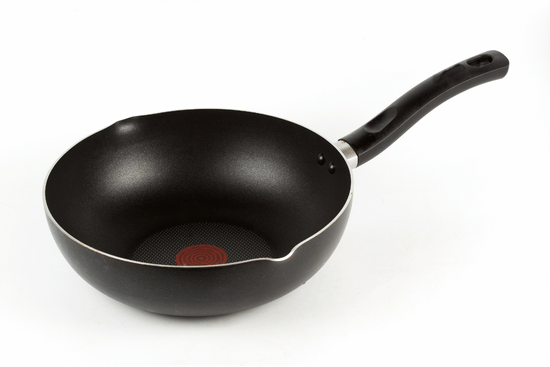
Properties and Overview of PTFE (Polytetrafluoroethylene)
Overview:
 PTFE (Polytetrafluoroethylene) is a high-performance fluoropolymer renowned for its exceptional chemical resistance, thermal stability, and low friction properties. Best known by the trade name Teflon, PTFE's unique characteristics make it indispensable in industries that require materials capable of withstanding extreme temperatures, corrosive environments, and demanding mechanical conditions. Its non-stick and electrically insulating properties further enhance its versatility across various applications.
PTFE (Polytetrafluoroethylene) is a high-performance fluoropolymer renowned for its exceptional chemical resistance, thermal stability, and low friction properties. Best known by the trade name Teflon, PTFE's unique characteristics make it indispensable in industries that require materials capable of withstanding extreme temperatures, corrosive environments, and demanding mechanical conditions. Its non-stick and electrically insulating properties further enhance its versatility across various applications.
Production:
The production of PTFE involves the polymerization of tetrafluoroethylene (TFE) monomers in a highly controlled environment. The process results in a polymer with a linear chain of carbon atoms surrounded by fluorine atoms, giving PTFE remarkable stability and resistance to almost all chemicals. PTFE is typically processed through compression molding and sintering techniques, as its high melting point and non-melt flow behavior limit traditional thermoplastic processing methods. Modified versions of PTFE, such as filled PTFE or expanded PTFE (ePTFE), are tailored for specific applications, improving properties like wear resistance or porosity.
Applications:
PTFE's applications are vast due to its unique properties. In the chemical and petrochemical industries, PTFE is used for seals, gaskets, and linings in equipment exposed to corrosive substances, where its chemical inertness ensures long-term reliability. PTFE is an insulating material for cables, connectors, and circuit boards in the electrical and electronics sectors due to its excellent dielectric properties and heat resistance. The automotive and aerospace industries rely on PTFE for components like bearings, bushings, and fuel system parts, benefiting from its low friction and ability to operate under extreme temperatures. In cookware and consumer goods, PTFE is widely known for its non-stick coatings on pans and utensils, ensuring easy cleaning and durability. Additionally, PTFE finds applications in medical devices, textiles, and industrial machinery, where its biocompatibility, hydrophobicity, and wear resistance play critical roles.
Summary:
Polytetrafluoroethylene is a remarkable fluoropolymer that combines chemical inertness, thermal stability, and low friction, making it a cornerstone material in modern engineering and manufacturing. Its ability to perform reliably under extreme conditions ensures its importance across diverse industries, from aerospace and automotive to healthcare and consumer products. As innovation continues to expand its applications and refine its properties, PTFE remains vital in addressing the challenges of modern technology and industrial demands. Its enduring significance underscores its role as a critical component in advanced engineering solutions.
See a comprehensive list of electrical, mechanical, physical and thermal properties for PTFE (Polytetrafluoroethylene) below:
Electrical Properties of PTFE (Polytetrafluoroethylene)
Unfamiliar with a property? Click it's description to be given a full definition in the GLOSSARY
See properties and overview for
ALLOYS and CHEMICAL ELEMENTS
popular in engineering
Require different units not displayed?
CONVERT VARIOUS UNITS HERE
Mechanical Properties of PTFE (Polytetrafluoroethylene)
Unfamiliar with a property? Click it's description to be given a full definition in the GLOSSARY
See properties and overview for
ALLOYS and CHEMICAL ELEMENTS
popular in engineering
Require different units not displayed?
CONVERT VARIOUS UNITS HERE
Physical Properties of PTFE (Polytetrafluoroethylene)
Unfamiliar with a property? Click it's description to be given a full definition in the GLOSSARY
See properties and overview for
ALLOYS and CHEMICAL ELEMENTS
popular in engineering
Require different units not displayed?
CONVERT VARIOUS UNITS HERE
Thermal Properties of PTFE (Polytetrafluoroethylene)
Unfamiliar with a property? Click it's description to be given a full definition in the GLOSSARY
See properties and overview for
ALLOYS and CHEMICAL ELEMENTS
popular in engineering
Require different units not displayed?
CONVERT VARIOUS UNITS HERE
 ADDED TO MY FAVORITES!
ADDED TO MY FAVORITES! REMOVED FROM MY FAVORITES!
REMOVED FROM MY FAVORITES!